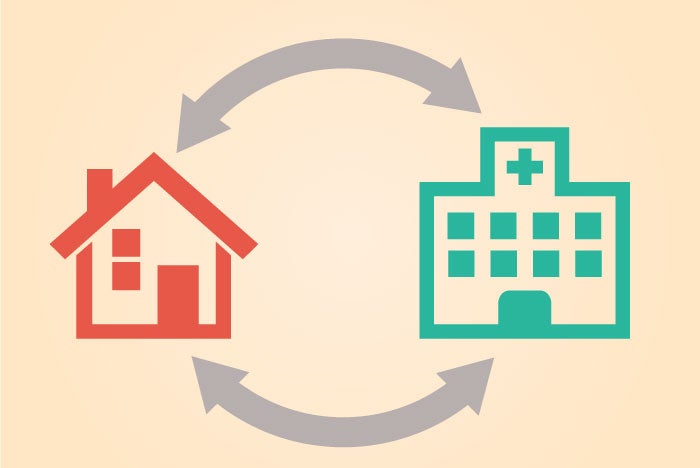Managing supply chains as they move across the care continuum

Now that more than 95 percent of hospitals have a certified electronic health record system, the ability to harness data today is unprecedented. Meanwhile, patients are spending less time in acute care facilities and moving back to home health or post-acute care facilities that, while less demanding, still require monitoring and follow-up care.

|
2017 Trends: Materials management |
| Previous: Supply chain tech integration |
| Next: Managers expand their role |
|
|
“The supply chain's reach out of the hospital is becoming increasingly important,“ explains Eugene Schneller, professor at the W.P. Carey School of Business at Arizona State University. He also is the director of the Health Sector Supply Chain Research Consortium at CAPS Research. “The supply chain manager once thought of himself or herself as ending at the hospital boundary, but that is changing."
A focus on the care continuum means that supply chain managers must source products that are compatible with post-acute care and home use and have the ability to track and stock products for multiple points of use, Schneller adds.
For vendors, these changes mean that they are moving platforms to cloud-based computing. In 2015, GHX launched its cloud-based, e-commerce platform CoreX that integrates inpatient and outpatient purchasing.
As hospitals become more responsible for patients across the care continuum — from inpatient to subacute care to outpatient and home — the supply chain increasingly is becoming as mobile as the patient, says Chris Luoma, vice president of product management at GHX.
“The user experience is moving into the mobile space — phones, tablets and lightweight laptops," Luoma said. “When you think about it, providers and suppliers are some of the most mobile workforces. We are asking, ‘How do we support them in a mobile environment?’ ”
One way is what Luoma calls “supply data normalization” — or being able to deliver standard data across facilities, patient settings and business processes. With accurate data, hospitals can act on that data to improve efficiencies, he says.
As the sector increasingly embraces cloud-based computing, hospitals and health systems are able to select system platforms that overlay data analytics and visualization tools to help them manage inventory.




